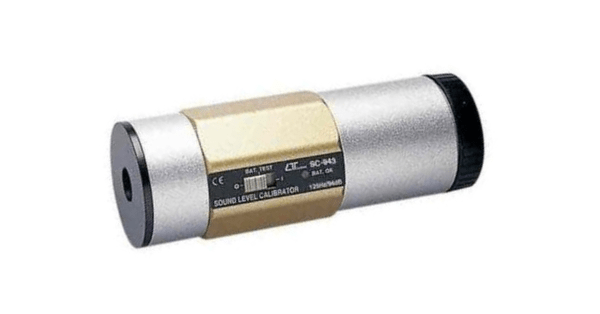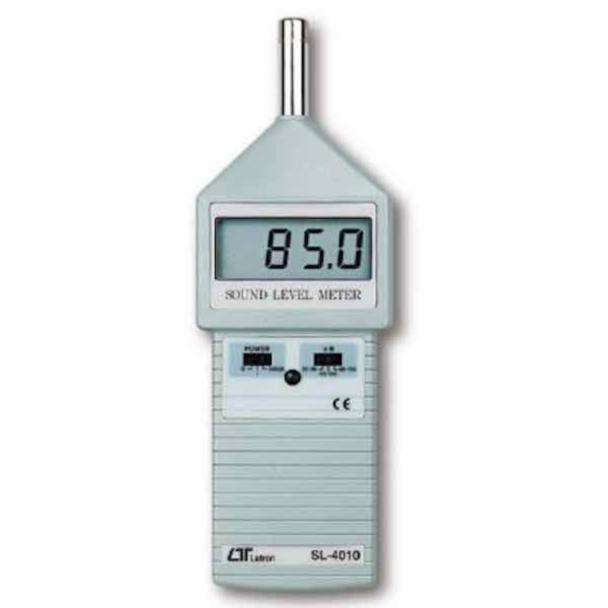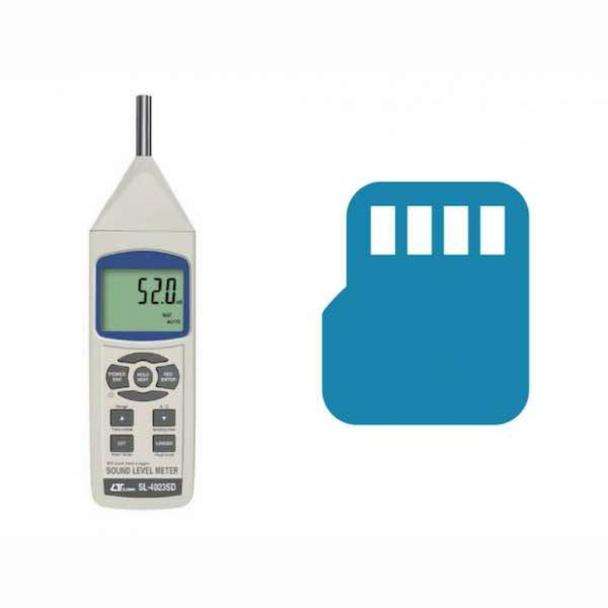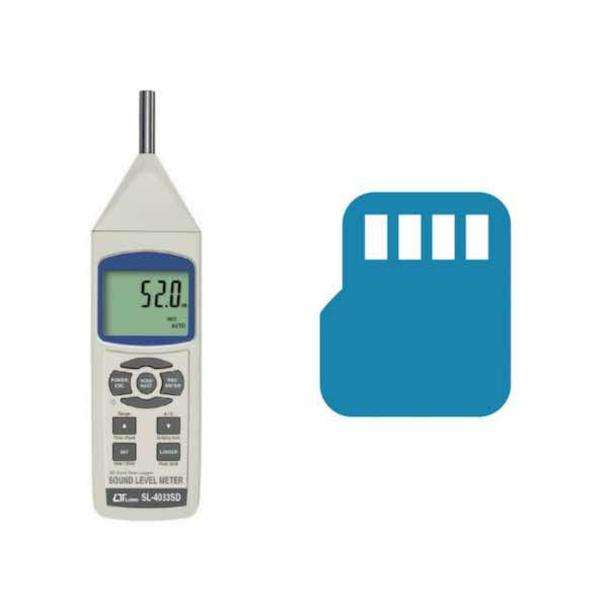What is the Difference Between a Class 1 and Class 2 Sound Level Meter?
The answer is the different tolerance ranges, which permissible at different reference frequencies. ADM Instrument Engineering offers both Class 1 and Class 2 sound level meters from Lutron.

Lutron design their sound level meters according to standard IEC61672. This standard sets out the performance criteria that the sound level meter must meet.
In a perfect world your sound level meter would meet the required performance criteria exactly. However, this is very difficult to achieve because there are a number of factors outside of the manufacturers control, which will affect the accuracy of a sound level meter. For example, the components used in its manufacture.
Most electronic components themselves have accepted tolerances on the actual performance of an individual component to that shown in the product data sheet.
Therefore, standard IEC61672 also specified an acceptable tolerance range within which the sound level must remain.
There are two different levels of tolerance: Class 1 and Class 2.
The below table sets out the difference tolerance ranges permissible at different reference frequencies.
| Reference Frequency | Tolerance (Class 1) | Tolerance (Class 2) |
|---|---|---|
| 16 Hz | +2.5 dB - 4.5dB | +5.5dB - _ dB |
| 20 Hz | ± 2.5dB | ± 3.5 dB |
| 1 kHz | ± 1.1 dB | ± 1.4 dB |
| 8 kHz | + 3.5 dB - 17 dB | + 6 dB -_ dB |
So where would you use a class 1 and class 2 sound level meter?
The main difference between Class 1 and Class 2 sound level meters is the level of accuracy. Class 1 sound level meters are considered the most accurate and are used for laboratory and calibrations purposes. Class 2 sound level meters are less accurate and are used for general purpose noise surveys and environmental noise measurements.
The most common applications that sound level meters are used in include the following:
- Monitoring noise levels in residential developments affected by road, rail and aircraft noise.
- Monitoring and management of industrial and commercial noise levels.
- Assessing the effects of noise from quarries, mines, and other resource industries.
- Monitoring and managing noise exposure in the workplace (OH&S).
- Assessing of intrusive noise (managing complaints regarding noisy neighbours).
- Environmental noise management.
Which class of sound level meter you actually need will depend greatly on the regulations set out either by government or any other regulatory body with oversight of the particular task at hand.
If you have any questions regarding using a sound level meter than please do not hesitate to contact ADM Systems. Our expert team are on hand to answer any questions you may have.





